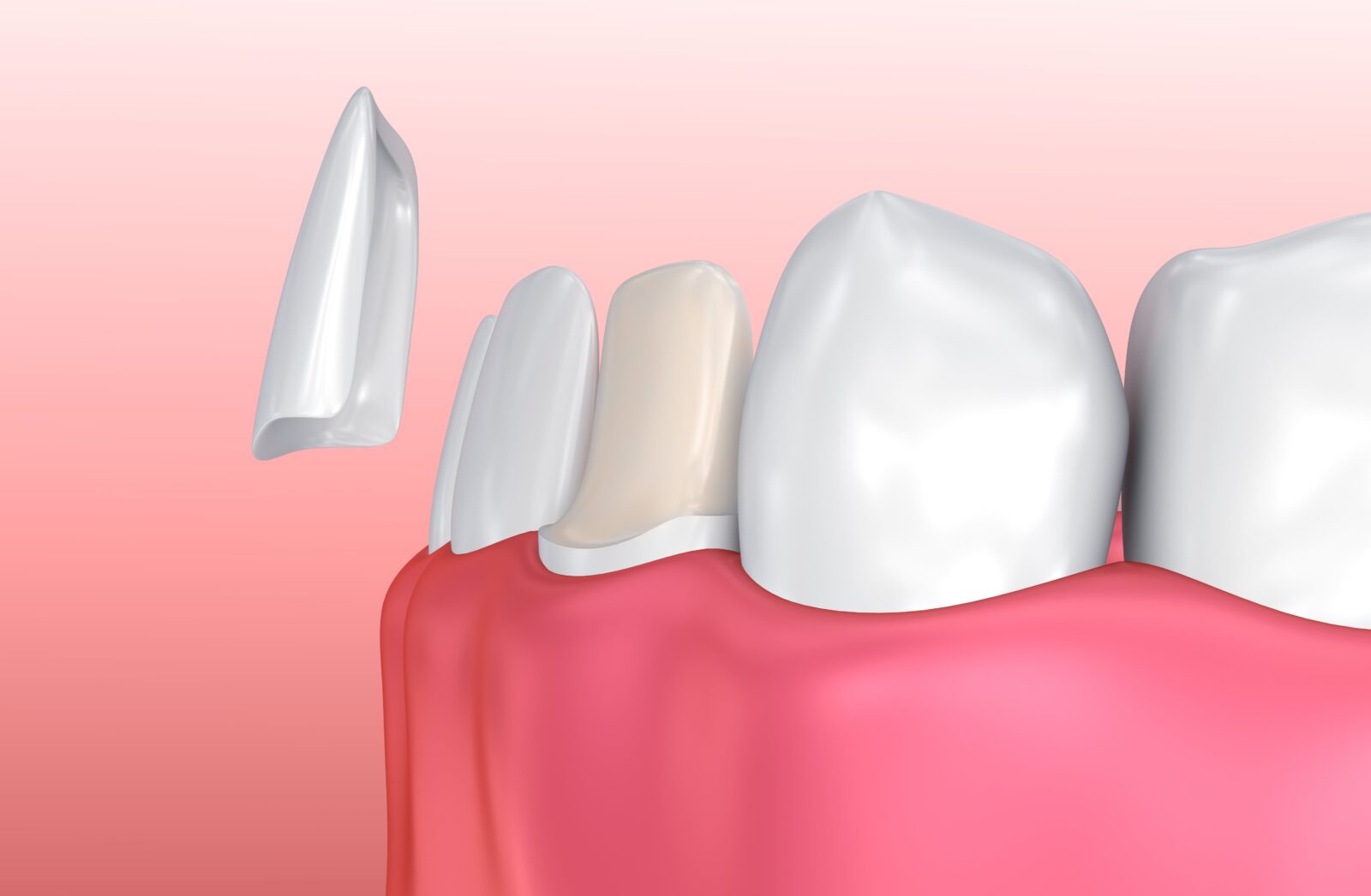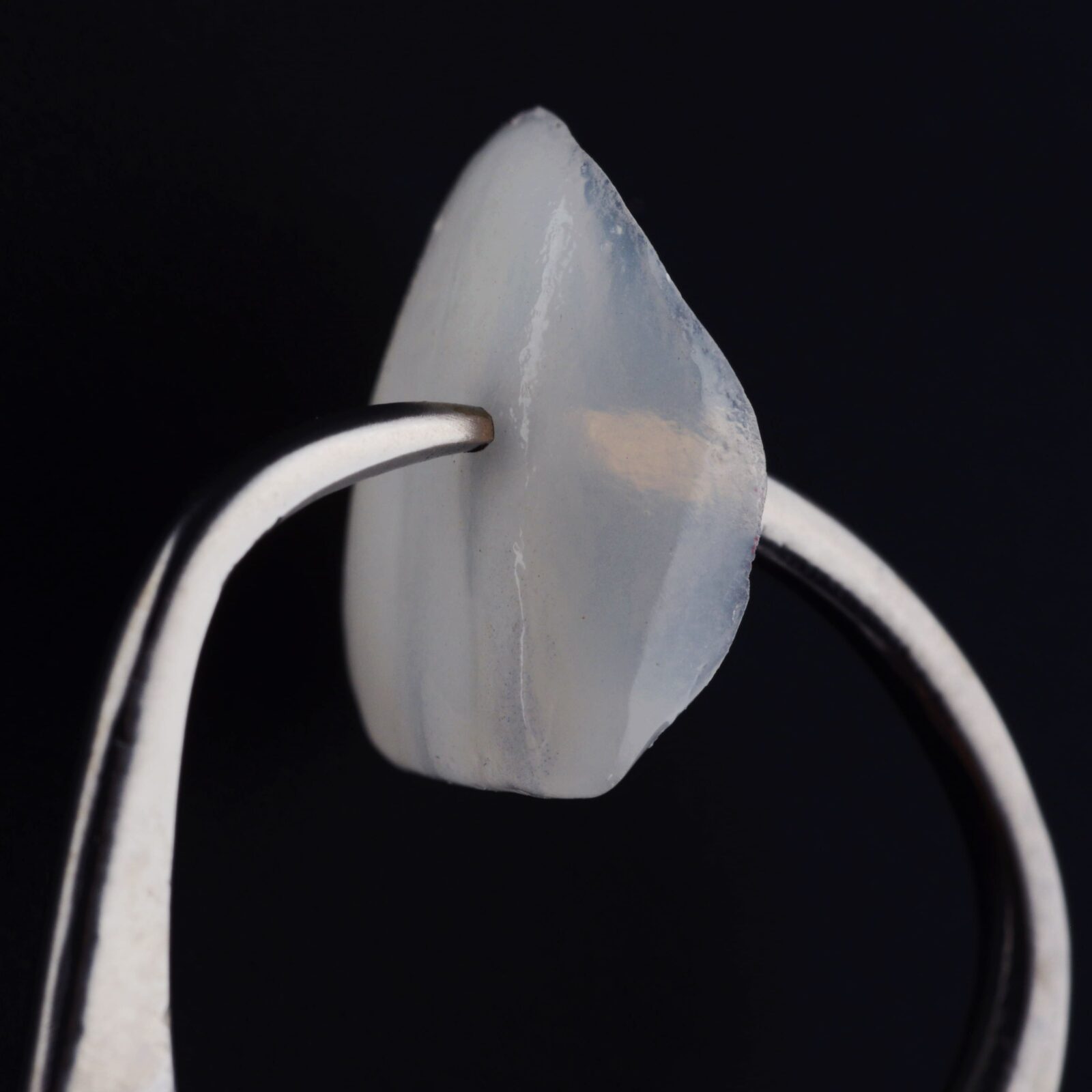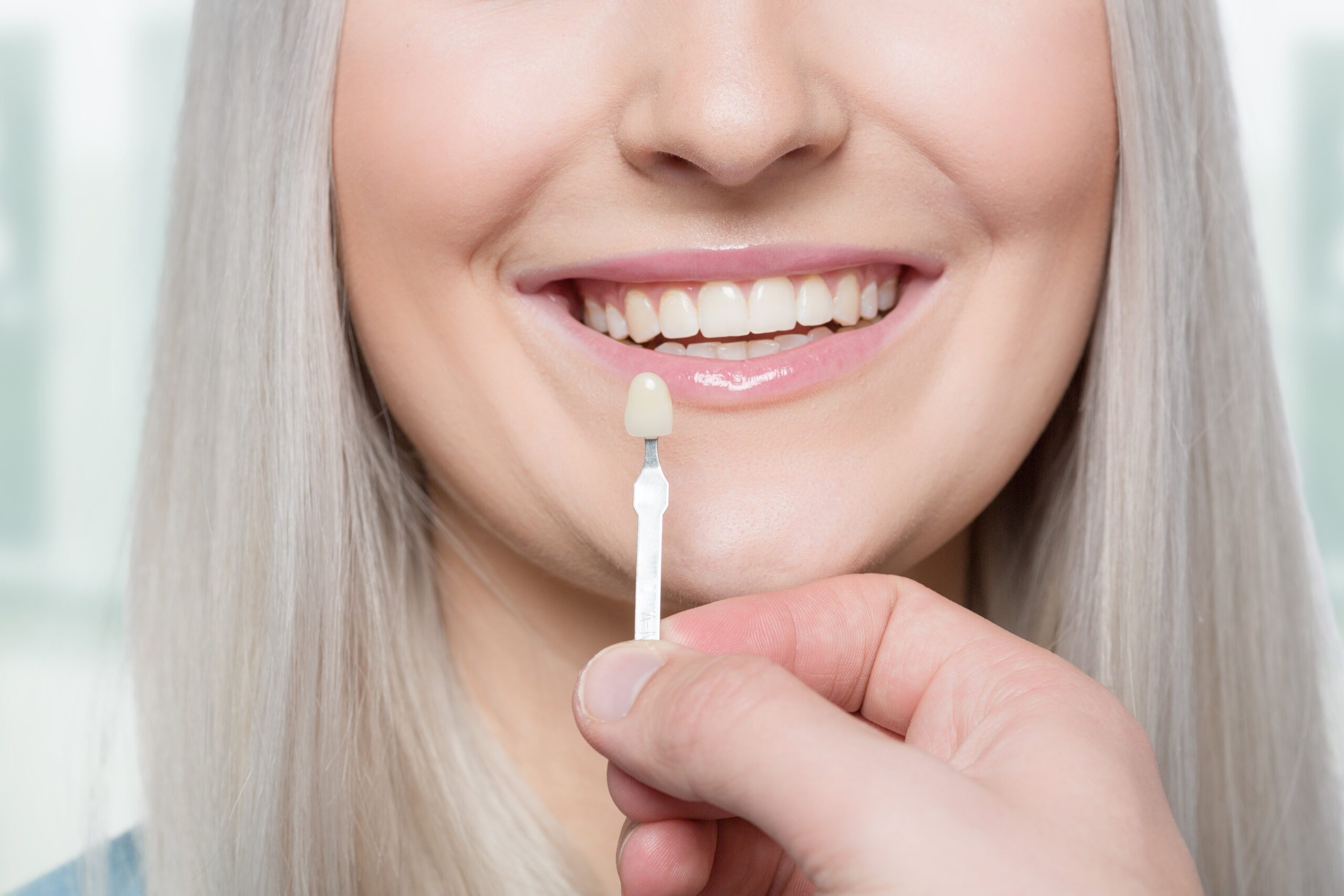Veneers have become a popular solution in cosmetic dentistry for enhancing the appearance of teeth. They are thin coverings placed over the front part of the teeth to improve their color, shape, size, or length. There are two main types of veneers: prep and prepless. Understanding the differences between these two can help individuals make informed decisions about which option might be best for their dental needs.
Traditional Veneers
Traditional veneers, also known as conventional or standard veneers, are a popular cosmetic dentistry procedure used to enhance the appearance of teeth. They are thin shells of porcelain that are custom-made to fit over the front surface of teeth, providing a natural, attractive look. They are often used for cosmetic purposes, such as correcting chips, cracks, gaps, discoloration, or misaligned teeth.

The process of traditional veneers begins with a thorough consultation, where a dentist evaluates the patient’s dental health and discusses their aesthetic goals. After this, a small amount of enamel is gently removed from the front surface of each tooth to make room for the veneer—a critical step as it allows for a flush fit that aligns perfectly with the natural gum line and tooth structure. Impressions of the prepared teeth are then taken and sent to a dental lab, where each porcelain veneer is custom-made to match the shape, size, and color that best suits the patient’s smile.
When the veneers are ready, the dentist places them temporarily to assess fit and appearance, making any necessary adjustments. The teeth are then cleaned, and a special adhesive is applied. The veneers are carefully placed onto the teeth, and a special light is used to quickly harden the adhesive. Finally, any excess material is removed, and the bite is checked for comfort and alignment.
Advantages of Traditional Veneers
- Aesthetic Improvement: Traditional veneers effectively improve the appearance of teeth, addressing issues like discoloration, chips, gaps, and misalignments. They can dramatically enhance your smile and overall facial appearance.
- Durability: Porcelain veneers are particularly durable and can last for many years, often over a decade, with proper care. They are resistant to stains and do not discolor over time.
- Customization: Veneers are custom-made to fit the individual’s teeth, allowing for a natural appearance. The shape, color, and size can be tailored to suit the person’s face and smile.
- Less Invasive than Crowns: Although they require the removal of some enamel, veneers are less invasive than dental crowns, which require significant reshaping of the tooth.
- Stain Resistance: Porcelain veneers are highly resistant to staining from coffee, tea, smoking, and other common causes of tooth discoloration.
Considerations of Traditional Veneers
- Irreversible Procedure: The process involves removing a layer of tooth enamel, which is irreversible. Once you have veneers, you will always need them or another form of tooth covering.
- Cost: Veneers can be expensive, and the cost might not be covered by dental insurance if they are used for cosmetic purposes.
- Sensitivity: Some patients might experience increased sensitivity to hot and cold due to the enamel removal.
- Not Repairable if Damaged: If a veneer chips or cracks, it may need to be completely replaced, which can be costly and inconvenient.
- Not Suitable for Everyone: People with unhealthy teeth, weakened enamel, or significant orthodontic issues may not be suitable candidates for veneers.
- Maintenance: While durable, veneers still require good oral hygiene and regular dental check-ups to maintain their appearance and health.
Prepless Veneers
Prepless veneers are a type of dental veneer that enhances the appearance of teeth without the need to remove or alter the natural tooth structure. Unlike traditional veneers, which require the removal of a thin layer of tooth enamel to ensure a proper fit, prepless veneers are designed to be ultra-thin and are applied directly over the existing tooth surface. This approach makes the process minimally invasive and often reversible, as the integrity of the original tooth is largely preserved. Prepless veneers are ideal for making cosmetic improvements like correcting minor misalignments, gaps, or discolorations, and they offer a quick and pain-free way to achieve a brighter, more uniform smile.

The prepless veneers process begins with a consultation, where a dentist assesses the suitability of the patient’s teeth for prepless veneers, considering factors like tooth alignment and overall oral health. Once deemed appropriate, the dentist takes precise impressions or digital scans of the teeth, which are used to custom-design the veneers, ensuring they fit perfectly and meet the patient’s aesthetic expectations. These veneers are crafted to be extremely thin yet durable, typically made from high-quality materials like porcelain. When the custom veneers are ready, the dentist cleans and prepares the surface of the teeth, ensuring they are free of plaque and debris. The veneers are then carefully placed and adhered to the front of the teeth using a special bonding agent, which is cured and hardened with a specific light. This process securely attaches the veneers to the teeth without the need for any enamel removal. The result is an enhanced, natural-looking smile with minimal discomfort and no significant alteration to the original teeth, making prepless veneers a desirable choice for many seeking cosmetic dental improvements.
Advantages of Prepless Veneers
- Minimally Invasive: One of the biggest advantages of prepless veneers is that they require little to no removal of the natural tooth enamel. This makes the procedure minimally invasive compared to traditional veneers.
- Reversible Procedure: Since there is no alteration to the underlying natural teeth, prepless veneers can often be removed if necessary, making the procedure potentially reversible.
- No Discomfort and Anesthesia: The process is typically pain-free, with most patients not requiring anesthesia or sedation.
- Quick Transformation: Prepless veneers can be applied more quickly than traditional veneers, often requiring fewer dental visits.
- Preservation of Natural Tooth Structure: Because the natural tooth structure is preserved, there’s less risk of tooth sensitivity and other complications associated with enamel removal.
- Immediate Results: Patients can see immediate results without the need for temporary veneers, which are often necessary in traditional veneer procedures.
Considerations of Prepless Veneers
- Thickness: Since enamel is not removed, prepless veneers might add slight bulk to the teeth. This needs to be skillfully managed to avoid an unnatural appearance.
- Not Suitable for Major Dental Issues: They may not be ideal for patients needing significant cosmetic changes, like major shape or size alterations.
- Tooth Appearance: In cases where teeth are heavily stained, prepless veneers might not completely mask the discoloration, as there’s no opaque layer to cover the tooth.
- Durability Issues: While still durable, prepless veneers might not last as long as traditional porcelain veneers that bond more strongly due to enamel etching.
- Limited Applicability: Not everyone is a good candidate for prepless veneers. They are best suited for those with minor cosmetic dental issues.
- Cost: They can be as costly as traditional veneers, despite the less invasive procedure.
Making the Right Choice
The decision between prep and prepless veneers depends on various factors, including the current condition of the teeth, the desired outcome, and personal preferences regarding tooth alteration and procedure time. It’s essential to consult with a qualified cosmetic dentist who can assess individual needs and provide a recommendation based on the specific case.
Conclusion
Both prep and prepless veneers offer paths to a brighter, more confident smile. While prep veneers are more invasive but offer durability and versatility, prepless veneers provide a less invasive, quicker solution with certain limitations. Ultimately, the best choice depends on personal dental needs and the professional advice of a cosmetic dentist.



